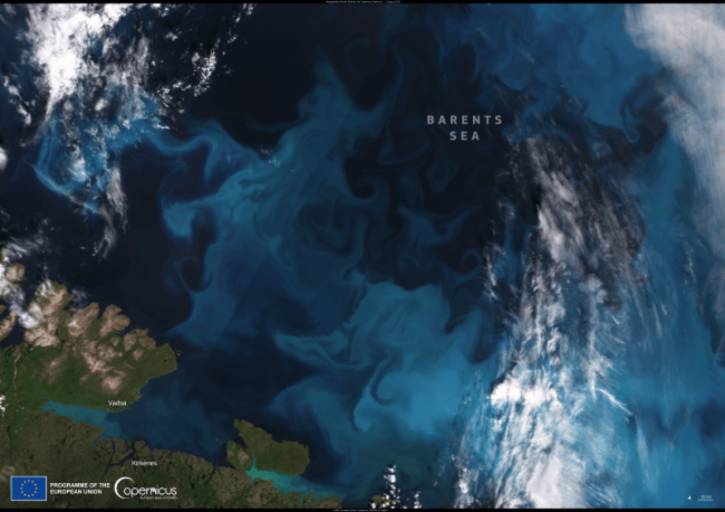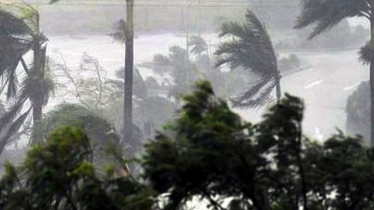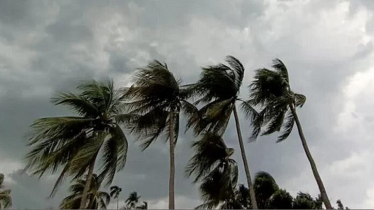
A Copernicus Sentinel-3 satellite has captured a striking image of the Barents Sea on 2 August 2025, revealing vivid turquoise and milky-blue swirls caused by a large phytoplankton bloom. Located north of Scandinavia, this part of the Arctic Ocean is known for seasonal blooms that play a crucial role in marine ecosystems.
Phytoplankton, microscopic photosynthetic organisms, form the foundation of the oceanic food web and contribute significantly to global carbon sequestration and oxygen production. Their growth in the Arctic region is driven by increased sunlight and seasonal melting of sea ice, which provide optimal conditions during summer.
Ongoing climate-driven Atlantification, a process that is making the Arctic Ocean warmer and saltier, is extending the duration of these blooms and shifting their range further north. This trend is altering the structure of polar marine ecosystems and raising concerns about long-term ecological impacts.
Data from the Sentinel-3 mission is enabling scientists to monitor the spatial and temporal dynamics of phytoplankton blooms, evaluate ocean health, and better understand the influence of climate change on the Arctic environment.





